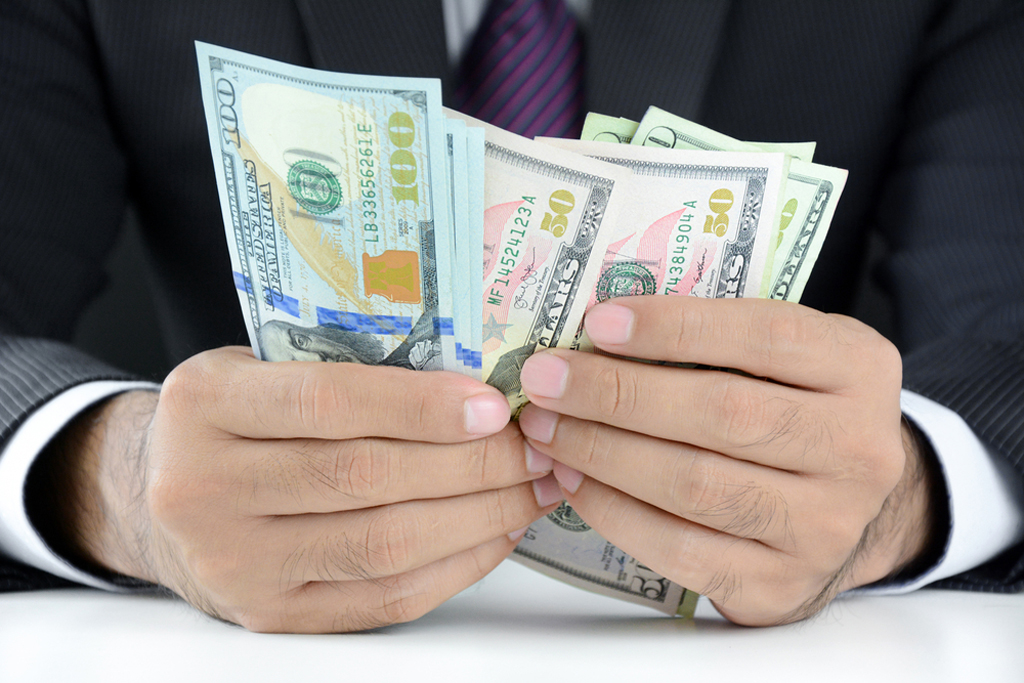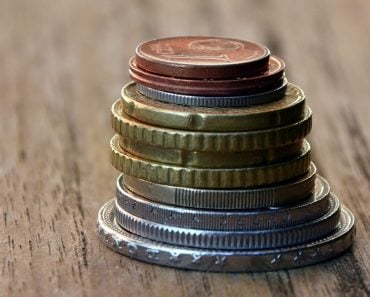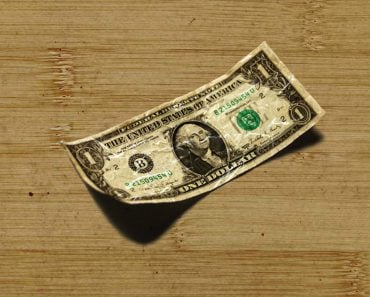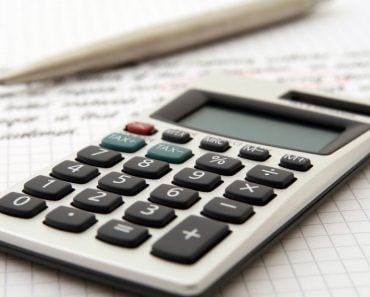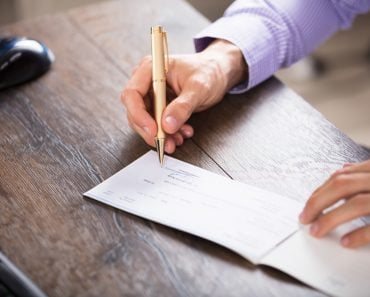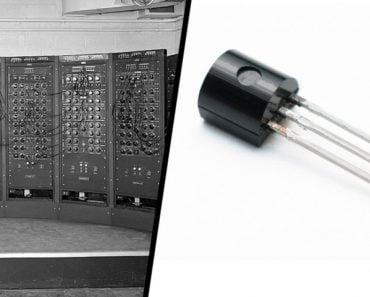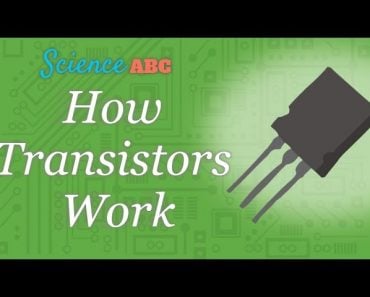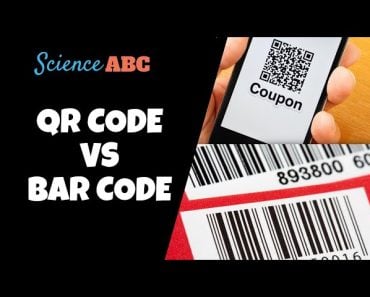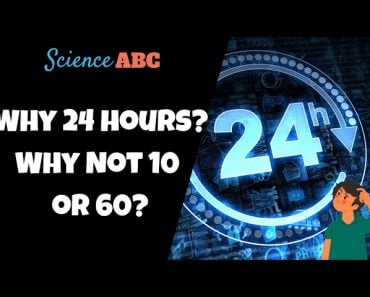Table of Contents (click to expand)
One of the ways in which this counting goes is based on a beam of light. Microprocessor counts how many times the light is interrupted as the machine keeps sliding the entered banknotes. This helps with the ‘count’ of the inserted bills.
I’ll never forget the first time I saw a currency-counting machine; it was in Bad Boys II, a Will Smith classic, when the bad guys were conspiring on how to count their money faster and more accurately, because they were just RAKING in the drug money, and simply had too much to count!
Then, Will Smith’s love interest, an undercover agent, provides the perfect solution: a top-of-the-line currency counting machine, and proceeds to give the drug lord a demonstration. Clearly, thing would be a lot better with the machine in hand.
As I watched the money whipping through that machine, counting a stack of cold hard cash of different denominations in a matter of seconds, I was blown away. A few questions lingered around my mind though. When did we start using the cash counting machine? How did we used to do the counting of large sums before the advent of machines? How fast do they count? Well, in this article, I’ll try to address those questions that have bounced around in my head ever since.
Let’s start by looking at the interesting history and evolution of cash-counting machines.
Recommended Video for you:
History Of Counting Cash
Hundreds of years ago, the counting of money used to happen in the same rudimentary way as you and I do: by counting one note at a time. Back then, bank tellers were assigned the job of counting currencies, and they used to keep bunches of 100 notes of the same denomination together. They had mastered the art of discerning currencies by their look and feel.
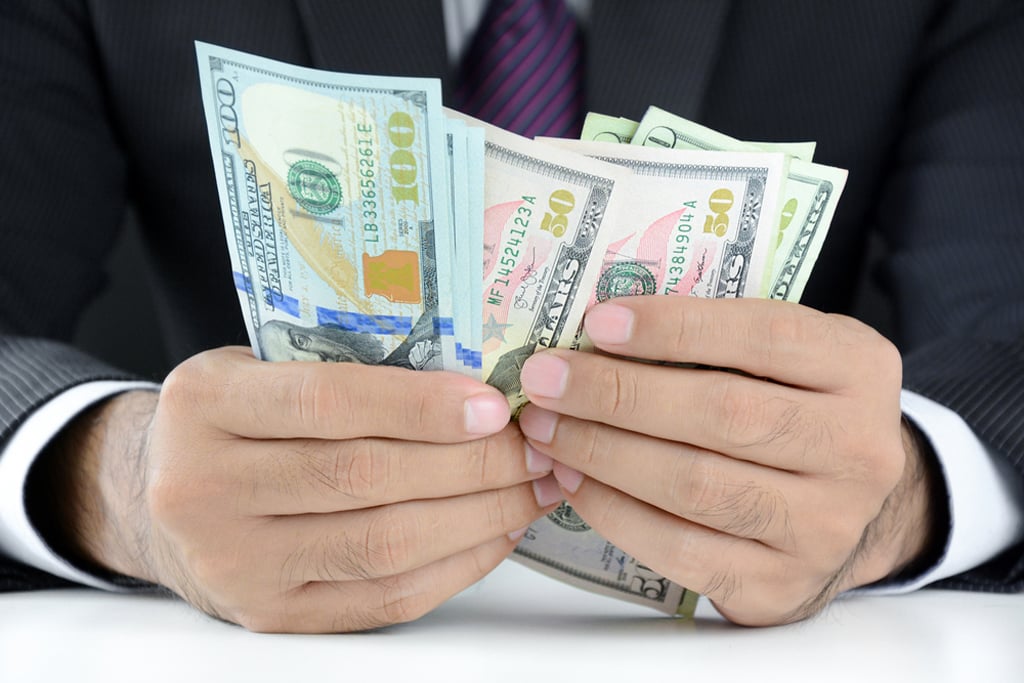
Then, in the late 1920s, the first step was taken to mechanized this counting process. Federal bill counter machines were introduced to keep a tally of running currency as the bank teller sorted and inspected the notes. The idea behind this machine was simple. It had four compartments where the teller used to stack currency notes. Whenever the count of the notes in any compartment reached 100, the counter of the machine would stop. The teller then used to insert a wooden block to segregate the bundles of 100. That machine wasn’t exactly a counter, but rather a signaller, whenever the count reached 100. Despite this limitation, it really helped bankers in keeping up with rising volumes of currency in circulation at that time.
It was in the only in the late 1950s that the true currency-counting machine was invented by a small-time banker Zhi Tian Sie in China, who invented it to win a contest.
In the 1980s, by leveraging the power of computers, Sie’s design was further fine-tuned and the US Fed came up with a computerized currency counting machine called the REI High Speed machine. For anyone accustomed to the old and slow method of cash counting, computerized counting was much quicker. Leveraging the power of computers this machine could not only count as much as 72,000 notes in an hour, but also culled any currency that was positioned incorrectly. It was also capable of discerning those currencies that were deemed unfit on account of wear and tear, and filtered them out of the normal bills. It used to also arrange currencies into the blocks of 100 without the need for manual intervention by a bank teller. This was the beginning of the era of truly automated cash-counting systems.
Well, that sums up the basic history of cash counting. Now, let’s learn a bit more about the state-of-the-art science of currency-counting machines.
Also Read: What Material Is Used To Print Currency?
The Science Of Counting Cash
The most common place to see a currency-counting machine is in a bank, as almost all now use some type of machine to speed up the process of counting cash, along with detecting counterfeits. There are many varieties, including coin-sorting, coin-counting, banknote, and coin counting, banknote only, etc. So, lets us look into these varieties to understand how they work.
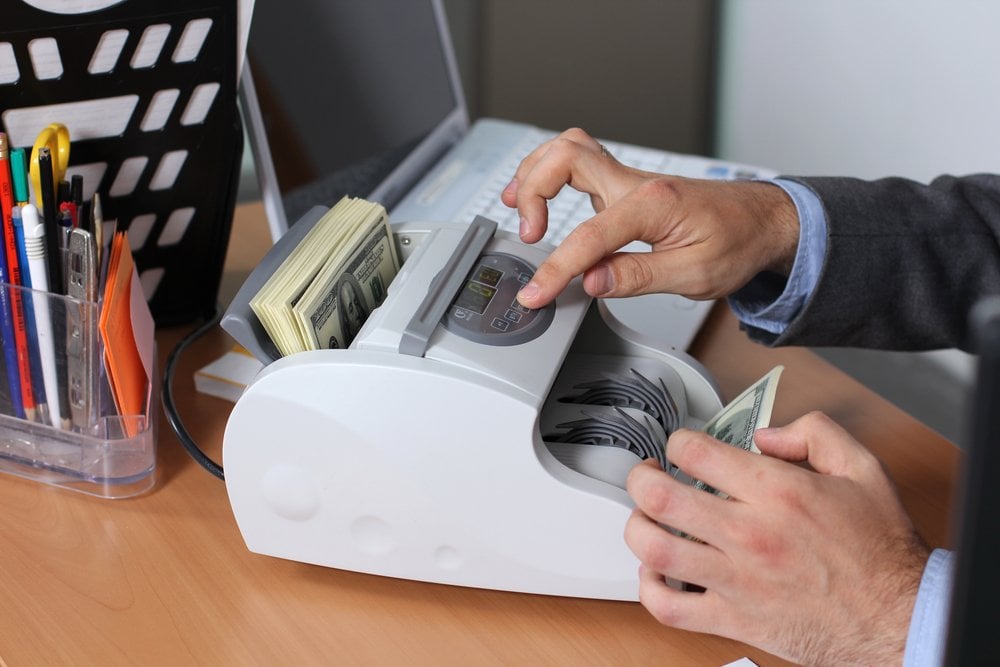
Banknote Counter
The banknote counter is a device designed to count bank currencies of a particular country. Here, the banker sticks a wad of banknotes into the front arm of the machine and it begins counting briskly. Most of the banknote counters today are electronic and have a microprocessor inside; with the help of input from sensors and other components, these machines count bills and detect counterfeits.
One of the ways in which this counting goes is based on a beam of light. The microprocessor counts how many times the light is interrupted as the machine continually slides the entered banknotes. This helps with the ‘count’ of the inserted bills.
The second layer of technology is based on pattern recognition, which helps the machine determine what denomination each bill is, based on the unique design of each bill type. Take out a $1 bill and a $100 bill; there are many differences that this microprocessor can spot in a fraction of a second!
Another important aspect of any currency counter—especially the ones used in the bank—is their ability to detect counterfeit bills. In fact, the volume of counterfeit bills was so high in the US at the time of the Civil War in the nineteenth century that nearly one-third of notes in circulation was counterfeit! The United States Secret Service was established in 1865 to counter and curb the havoc of counterfeit bills. Therefore, detecting counterfeit notes is one of the most important functions of the current generation of cash-counting machines.
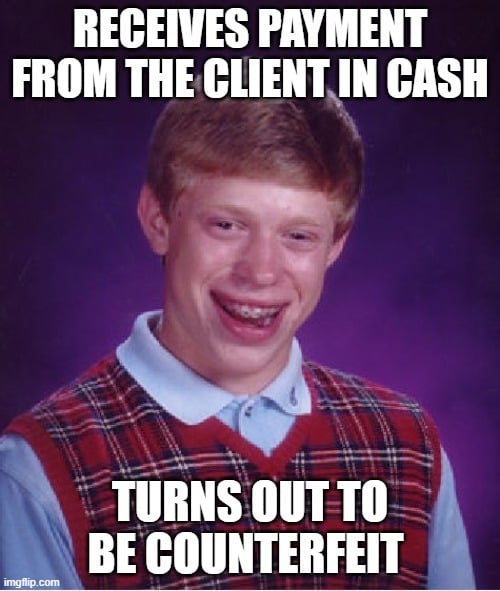
Let’s look at how an advanced currency-counting machine detects counterfeit bills.
Detecting Counterfeits
Banknotes in the US and several other counties are made with magnetic components. Many banknote currency counters come with a magnetic component detector to ascertain if the stuffed note is real.
Another criterion that a banknote counter with a counterfeit detector look for in ascertaining the veracity of currency is watermarks. Watermarks are embossed in many currencies as a marker for being original. Watermarks are very tough to replicate and even when attempted, these forgeries are usually detectable.
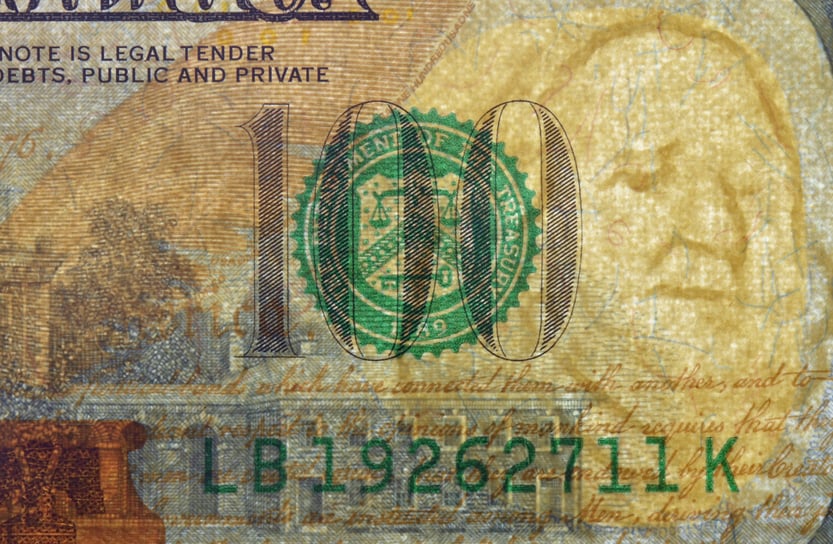
Finally, many banknote-counting machines use black light technology to illuminate the bills, which have florescent symbols printed on them. This is also an effective way to tell if a banknote is counterfeit.
All of these processes happen in a split-second to dozens or even hundreds of bills, providing you with a completely accurate count of your money, and informing you that it is, in fact, real money!
Coin Machines: Counting And Sorting
Although many people look at loose change as an annoyance, in this age of debit/credit cards and cash, coins are still acceptable currency. However, when you have a lot of it, finding an effective way to sort and count it all becomes indispensable.
Some coin-sorting machines can accept a wide range of coins and separate them into different denominations based on size, as coins can only pass through their correctly-sized hole. For American currency, for example, the holes would be in ascending size order: dime, penny, nickel, quarter. Essentially, a quarter wouldn’t be able to enter any hole except the last one it reaches. Similarly, a dime, which could fit in all the other-sized slots, will drop into its appropriate hole first. Pretty simple, right? These separated stacks of denominations can then be passed through a coin counter.
Coin counters come in a variety of functionalities, but the best ones serve both roles (sorting and counting). More advanced coin machines use the weight of coins to identify specific denominations, and can rapidly calculate the total amount. However, the most modern machines use a similar system to the banknote machine; when the coins pass through their appropriately-sized hole, they go past a light-beam counter, so each time the light is interrupted, the receptor knows that a coin has just passed, which helps it keep the count.
Some “top-of-the-line” currency-counting machines include both banknote and coin-counting abilities. However, due to the fact that the benefit of these machines is their portable, small-scale nature, these combination machines often skimp on other features, such as counterfeit detection scanning.
Now that you understand the science of currency-counting machines and the different options available, you can eliminate that long-standing confusion about how those bankers manage to be so smugly right every single time!
Also Read: Why Can’t You Photocopy Currency Notes?

